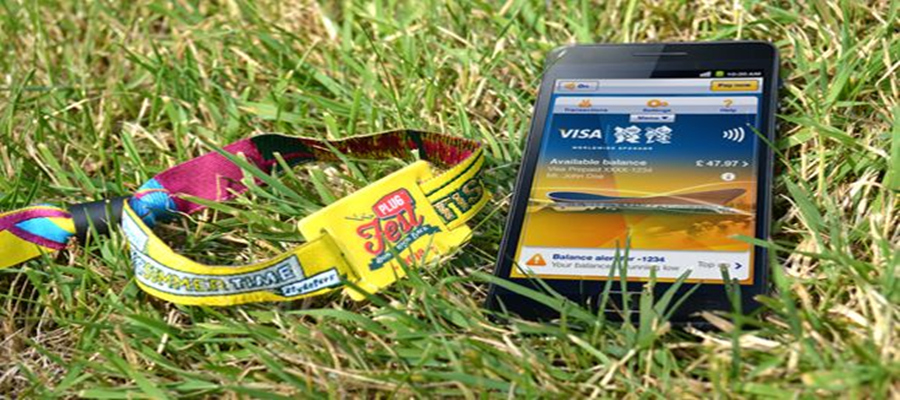What Are RFID Wristbands? The future of live events is digital, and soon, your ticket, the way you pay for drinks and even your ability to share the experience on social networks, could all be done with a tap of the wrist.
Adapting RFID technology to a security wristband, gives organisers access to a world of possibilities. By using RFID wristbands as the intermediary, you ensure 100% coverage and increase the level of participation from ticket-holders. Wipe-out touts, reduce costs and increase security.
With its new RFID bracelets, we aims to ease the most painful parts of attending events.
Even the most exciting, perfectly executed event has its headaches. Whether it’s a small tech conference or an EDM concert, there’s seemingly no way around the long lines, limited toilets, and need to carry around a bunch of cash (or else get hit with exorbitant ATM fees). What Are RFID Wristbands advantages? But what if we could at least get rid of paper tickets and the long lines they create? What if we wore sensors instead?
Eventbrite , the ticketing and event management platform, is taking a crack at this paperless future. Today, the company announced a new option for people planning events through Eventbrite: RFID bracelets. In lieu of printing tickets, picking them up at will call, or scanning a little barcode on their smartphone screens, visitors can wear a bracelet containing a tiny RFID (radio frequency identification) chip.
This technology is already in use at some music festivals and other large public events But Eventbrite is hoping that this new feature, made possible by the company’s acquisition of a startup called Scintilla Technologies, makes the technology accessible to smaller and medium-sized events that may not have the budget for dedicated RFID terminals and many thousands of high-tech wrist bands. “We want to democratize it,” says Laurent Sellier, Eventbrite’s VP of product.
Using wearable sensors instead of paper tickets presents a few obvious advantages for people who organize and manage events: For one thing, you can’t make a bogus copy of RFID tags that has your identity tied to it. But some of the perks are less immediate, yet potentially priceless. With enough adoption, wearable “tickets” will let event organizers better understand the flow of foot traffic at an event, making it easier to plan the layout and know where to put things like concessions and port-a-potties.
The wristbands can also be used by vendors at events for cashless payments. This is a neat perk, also available through wearable devices like the Apple Watch and Android Wear devices, but it can have a big impact on the overall experience of attendees by keeping the lines moving. Taking out cash and making change may take a mere two minutes, but that time adds up with thousands of people in attendance. Anyone who’s ever stood in line at a food truck at a music festival knows how painful those waits can be, especially when you’re eager to get back to the main stage.
The RFID scanning technology will be built into Eventbrite Neon , the “mobile box office” app Eventbrite offers to event organizers to help them manage ticket sales, redemption, access, and analytics. The app can now be used to activate and deactivate RFID wristbands, which attendees can pick up on-site or have delivered through the mail.
Eventbrite doesn’t have the name recognition of Ticketmaster, but there’s a good chance you’ve used the service if you’ve ever attended a local meetup, SXSW party, or concert whose organizers wanted to avoid the hassle and fees of the more famous entity. Despite being seen as “smaller,” Eventbrite has still sold over 200 million tickets—generating $3.5 billion in sales—since being founded nine years ago.
We may still be a long way from ridding ourselves of paper tickets altogether, but by making technology like this more accessible, companies like Eventbrite hope to nudge us along toward that smarter, more efficient future. In the meantime, if you need me, I’ll be waiting in line forever at the pizza truck.







